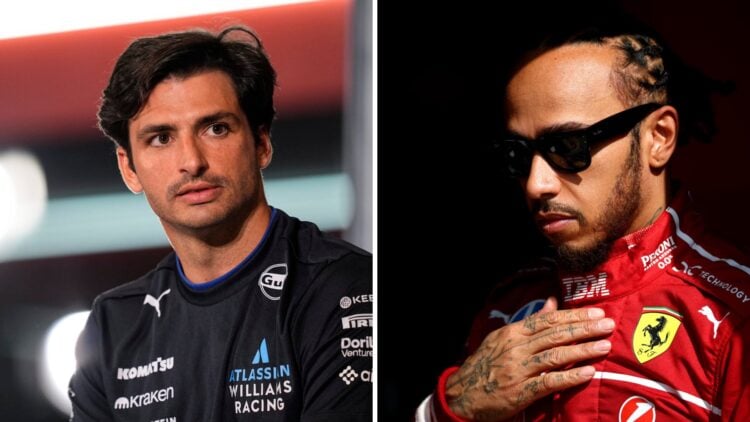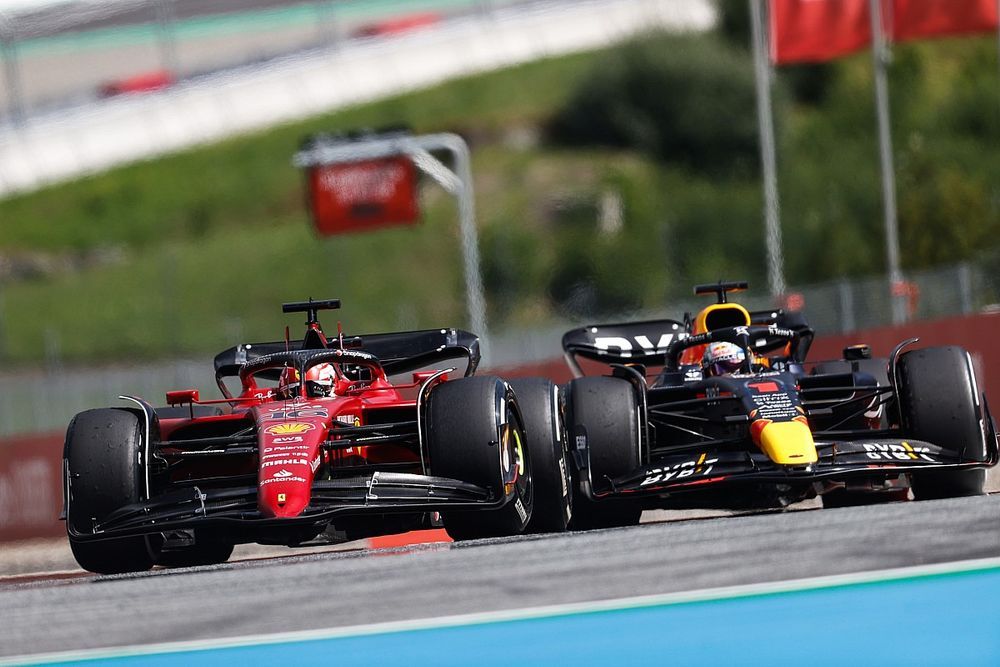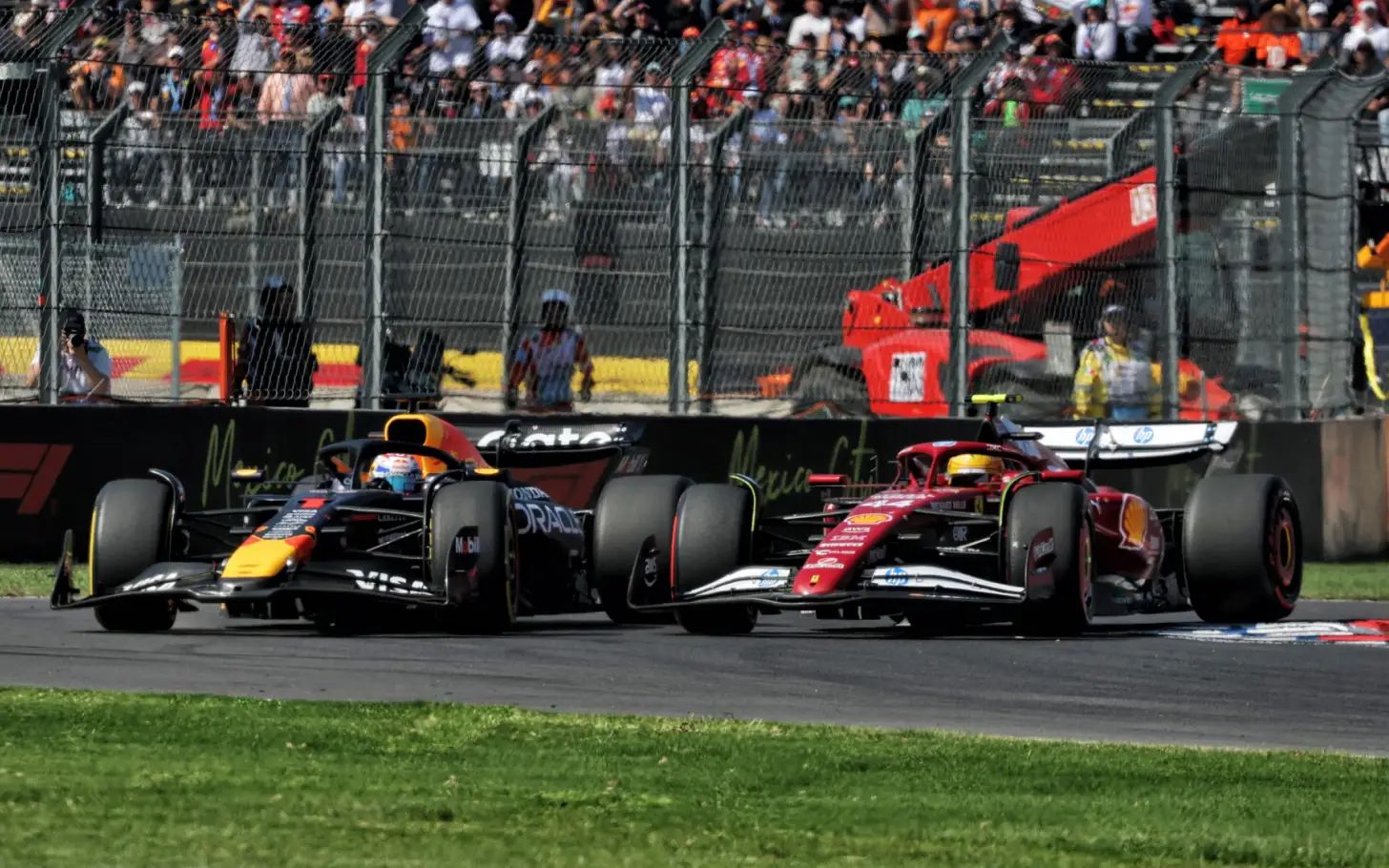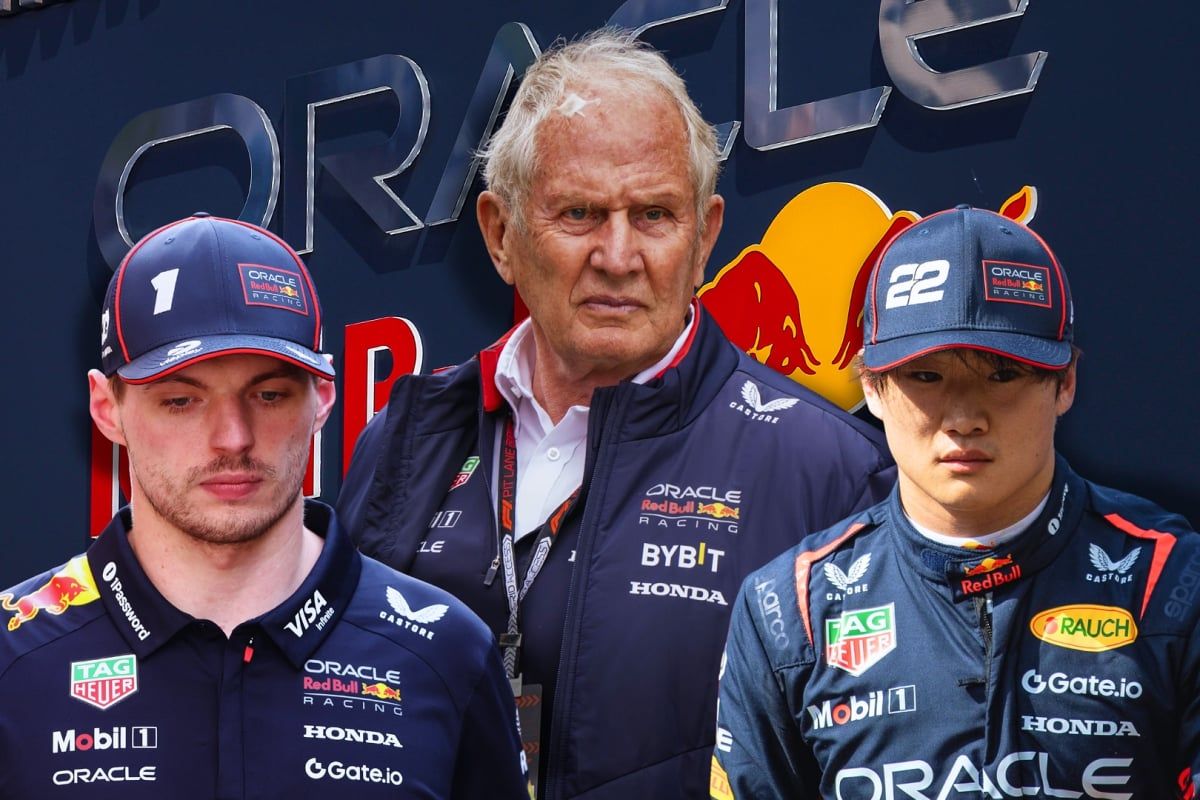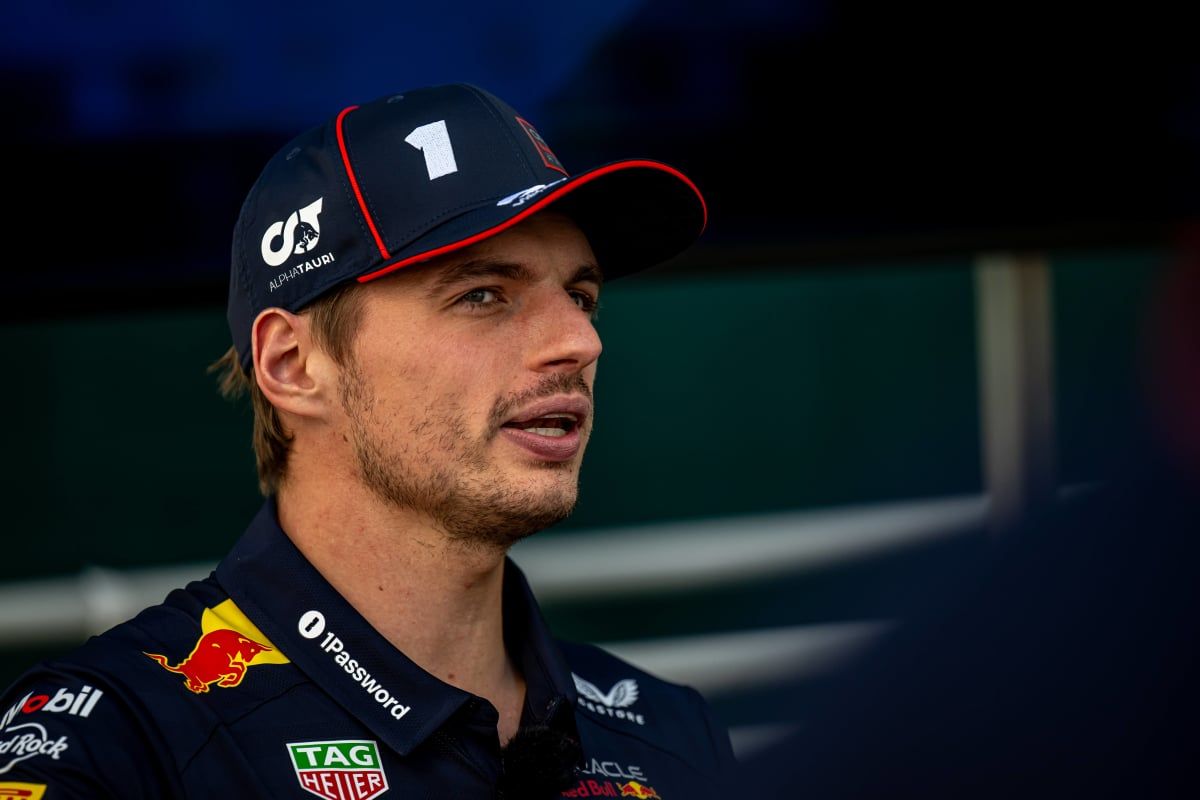Carlos Sainz hints there’s one problem Lewis Hamilton won’t be able to solve at F… read more
Lewis Hamilton’s highly anticipated move to Ferrari, a team steeped in Formula 1 history and brimming with passionate tifosi, has yet to yield the immediate results many expected. While the seven-time world champion brings unparalleled experience and a legendary racecraft, Carlos Sainz’s subtle suggestion hints at a deeper, more systemic issue within the Scuderia that even Hamilton’s prodigious talent may struggle to overcome. The Canadian Grand Prix, Hamilton’s tenth race in the red car, serves as a crucial benchmark, a point at which the reality of his Ferrari challenge is becoming increasingly clear. He’s still searching, not just for elusive victories, but for a consistent level of performance that matches his lofty standards and the expectations placed upon him by a team desperate to return to the forefront of the sport.
The problem, as subtly alluded to by Sainz, isn’t a deficiency in Hamilton’s driving ability. His skill remains unquestionable; the sheer speed and tactical acumen demonstrated throughout his career are undeniable. Instead, the challenge lies within the intricate workings of the Ferrari team itself, a complex ecosystem of engineering, strategy, and team dynamics that have proven remarkably resistant to consistent optimization. It’s a machine that, despite flashes of brilliance, suffers from chronic inconsistency, a persistent ailment that has plagued the Scuderia for several seasons. This inconsistency manifests in various forms: unpredictable car performance from race to race, strategic blunders that undermine promising starts, and an occasional lack of cohesion between driver, engineers, and pit crew. These aren’t issues easily addressed by a single driver, no matter how exceptional their talent.
Sainz’s implication, though unspoken, points towards a deeper cultural challenge within Ferrari. It suggests that the internal processes, the communication networks, and the overall operational efficiency might be fundamentally flawed. These aren’t problems that can be solved by simply changing a driver. They require a systematic overhaul, a fundamental restructuring of how the team functions, a re-evaluation of strategies, and a concerted effort to eliminate the inconsistencies that have plagued the team for years. Hamilton, while capable of adapting and improving any car, can only do so much within the existing framework. He can offer his invaluable feedback, his insights honed over two decades at the pinnacle of motorsport, but he cannot single-handedly rewrite the operational manual of one of Formula 1’s most storied teams.
The Canadian Grand Prix, therefore, holds added significance. It’s a chance to further assess the true nature of Hamilton’s struggle and to gauge the team’s ability to adapt and support him. A strong showing in Montreal would signal potential progress, a hint that the team is learning and improving. However, a repeat of past inconsistencies would only reinforce Sainz’s underlying message: the problems plaguing Ferrari run far deeper than any single driver’s performance, and represent a challenge far greater than simply finding the right person to sit behind the wheel. Ultimately, Hamilton’s success at Ferrari is not solely dependent on his own abilities but on the team’s capacity for self-reflection, adaptation, and a commitment to systemic change – a daunting task that extends far beyond the limits of a single driver’s influence. The pressure is not just on Hamilton to deliver; it’s on Ferrari to provide the platform for him, and for themselves, to succeed.
